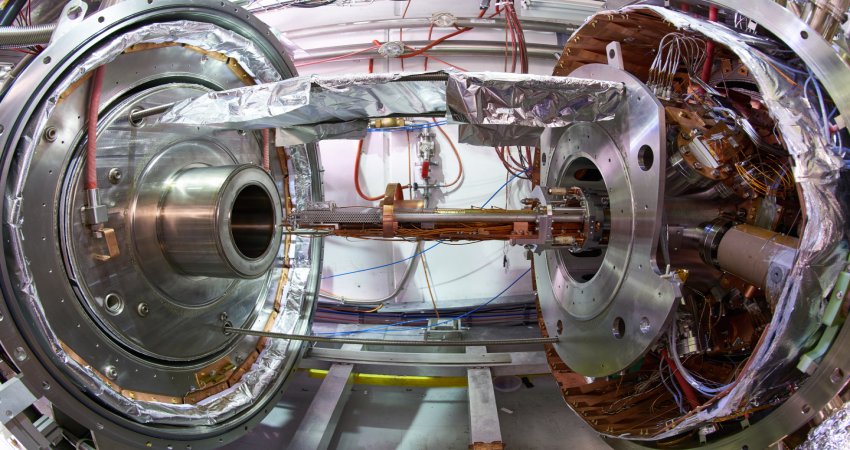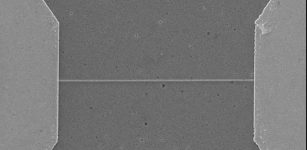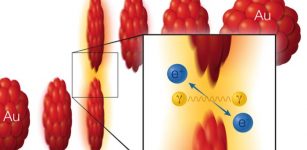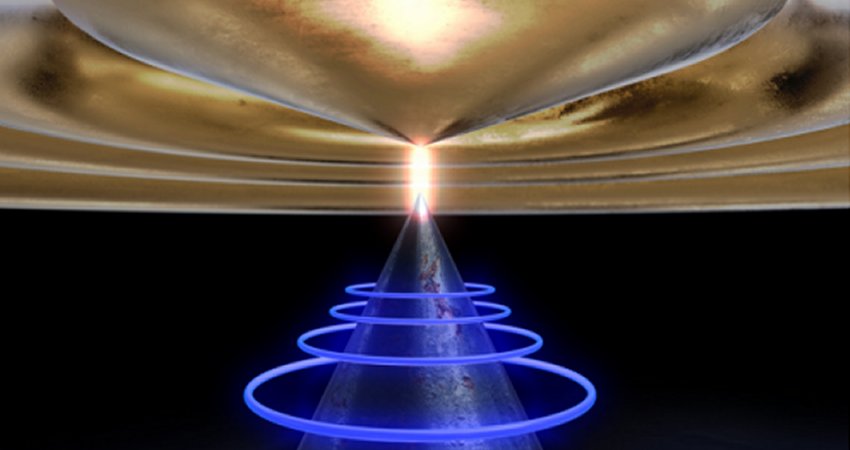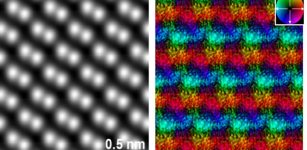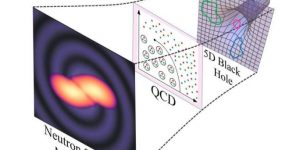X-Ray Vision And The Underlying Mechanism At Play
Eddie Gonzales Jr. – MessageToEagle.com – Since the 1960s, scientists studying X-rays and lightning have noticed that in lab experiments replicating these phenomena, electrons between two electrodes can have higher energy than the applied voltage.
Image credit: Taokinesis – Pixabay
According to Penn State researchers, this defies an assumption in physics that the energy of the electrons should correspond with the voltage applied. Despite the decades-long awareness of this apparent contradiction, researchers couldn’t figure out why this was happening.
Recently, a team of Penn State researchers used mathematical modeling to explain the underlying mechanism at play. They published their results in Physical Review Letters.
“In these lab experiments, voltage is applied between two electrodes, which are electrical conductors. Then, electrons, which are negatively charged particles, are accelerated through a gap, which could be gas or a vacuum,” said Victor Pasko, professor of electrical engineering at Penn State and corresponding author of the study.
“The energy that the electrons can gain should correspond with the voltage applied, but in all these experiments, energies were exceeding that voltage by a factor of two or three, which was a puzzle.”
Through mathematical modeling, Pasko and his team demonstrated that an energy feedback process is responsible for this occurrence.
According to Pasko, when the electrons interact with the material of the electrode, they emit X-rays, which are made of photons—massless, charge-less particles that comprise light. Some of these photons propagate backward, enabling more electrons to release from the other electrode.
A small group of these electrons have energy corresponding to the original energy. Then they accelerate again, and the process continues through several cycles. Pasko and his team modeled this very high energy process.
Pasko said that their model also helped explain why electrodes of different shapes and materials produced this effect to varying degrees.
“We see that we get maximum effect when we have flat electrodes, and a minimized effect when the electrodes are needle-like,” Pasko said. “This makes sense, because the large surface areas of the flat electrodes are good for the interaction between the electrons and photons and the way they bounce back and forth. When the surface area is reduced, the effect is minimized.”
The researchers also examined via simulation and modeling how the phenomenon emerges with different materials.
“Tungsten is the standard material used for X-ray production, and we know it’s a good material for this. It is a robust material for electron production used in current in X-ray machines,” Pasko said. “Our study went through many additional materials, and, using our model, we were able to summarize properties of materials that lead to maximum effects.”
The researchers said that their findings may be useful for the development of new ways of producing X-rays in the future. Specifically, they said that the work may stimulate new research on the production of energetic electrons from solid materials, potentially making X-rays machines faster and more light weight and compact.
Written by Eddie Gonzales Jr. – MessageToEagle.com Staff Writer



